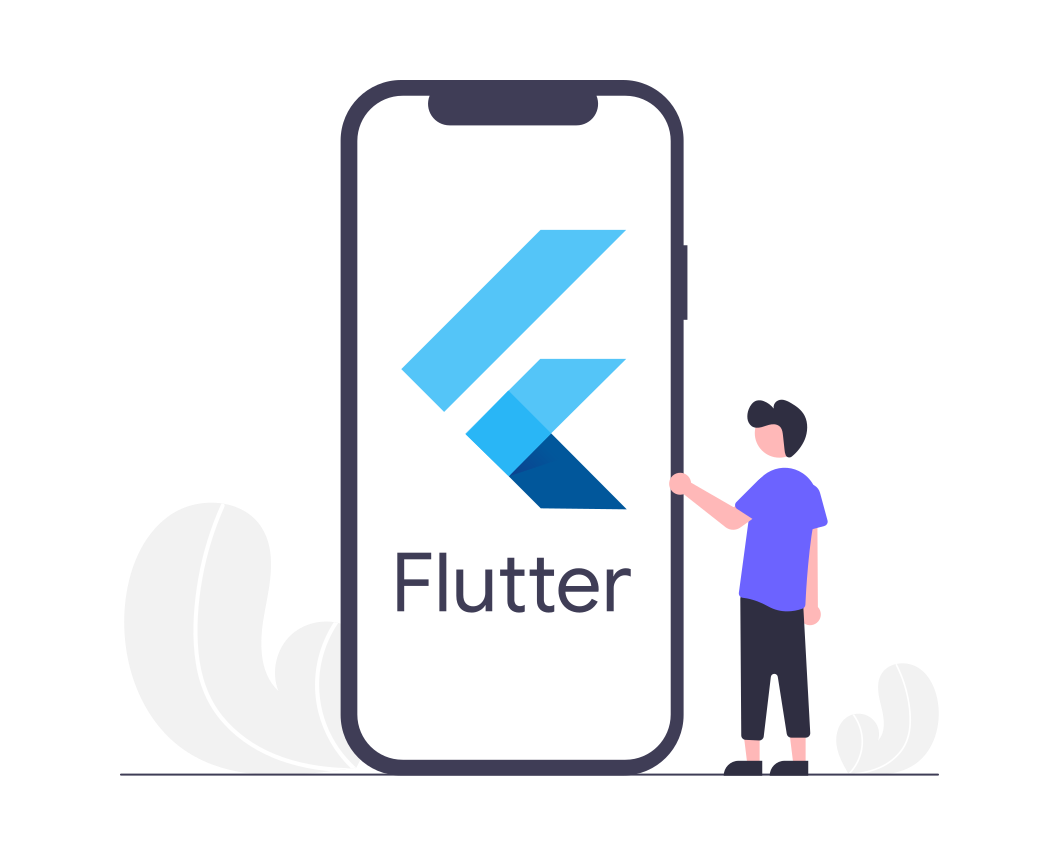- info@einnovention.us
- THIS SITE IS OWNED AND OPERATED BY MUHAMMAD AATIF NADEEM.
Flutter App Development

Title: A Comprehensive Guide to Flutter App Development
Introduction: In the rapidly evolving world of mobile app development, staying ahead of the curve is crucial. One technology that has gained significant traction is Flutter, Google's open-source UI framework. With its promise of building beautiful and high-performance apps for various platforms from a single codebase, Flutter has captured the attention of developers worldwide. In this blog, we'll delve into the fundamentals of Flutter app development, its advantages, and how to get started on your Flutter journey.
What is Flutter? Flutter is a UI toolkit that enables developers to create natively compiled applications for mobile, web, and desktop from a single codebase. Developed by Google, Flutter employs the Dart programming language, which is optimized for building cross-platform applications. One of the standout features of Flutter is its "hot reload" functionality, which allows developers to see the changes they make to the code almost instantly, speeding up the development process.
Advantages of Using Flutter:
- Single Codebase: Flutter's biggest advantage lies in its ability to create apps for multiple platforms using a single codebase. This leads to reduced development time and costs.
- Fast Performance: Flutter apps are compiled to native ARM code, resulting in exceptional performance that's comparable to apps developed natively for each platform.
- Expressive UI: With Flutter's rich set of pre-designed widgets, developers can easily create visually appealing and interactive user interfaces.
- Hot Reload: The hot reload feature allows developers to see changes in real-time, making the debugging and testing process incredibly efficient.
- Customizable Widgets: Flutter offers a wide range of customizable widgets, enabling developers to create unique and consistent designs.
- Growing Community: Flutter has a rapidly growing community of developers, which means access to a wealth of resources, libraries, and third-party plugins.
Getting Started with Flutter:
- Install Flutter: Start by installing Flutter on your development machine. The official Flutter website provides comprehensive installation guides for different platforms.
- Set Up an IDE: Flutter supports various integrated development environments (IDEs), but Google's own tool, Android Studio, and Visual Studio Code are popular choices. Install the Flutter and Dart plugins for your chosen IDE.
- Create a New Project: Use the Flutter command-line tools to create a new project. This will generate the basic structure of your app, including the main Dart file and resource files.
- Design UI: Leverage Flutter's extensive widget library to design your app's user interface. Widgets are building blocks that encompass everything from buttons and text fields to complex animations.
- Add Functionality: Implement the logic and functionality of your app using Dart programming language. Utilize the power of hot reload to test and iterate your code quickly.
- Testing and Debugging: Flutter provides a suite of testing tools that help ensure the reliability of your app. Thoroughly test your app on various devices and screen sizes to ensure consistent performance.
- Deployment: Once your app is ready, you can deploy it to various platforms, including iOS, Android, and the web. Follow platform-specific guidelines for the deployment process.
Conclusion:
Flutter has revolutionized the way we approach app development by offering a versatile and efficient platform for building cross-platform applications. Its single codebase, expressive UI, and hot reload feature make it an attractive option for both beginners and experienced developers. By following the steps outlined in this guide, you can embark on your Flutter app development journey and create stunning apps that cater to a diverse audience across multiple platforms. So, don't hesitate to dive into the world of Flutter and unlock the potential of creating cutting-edge applications.

